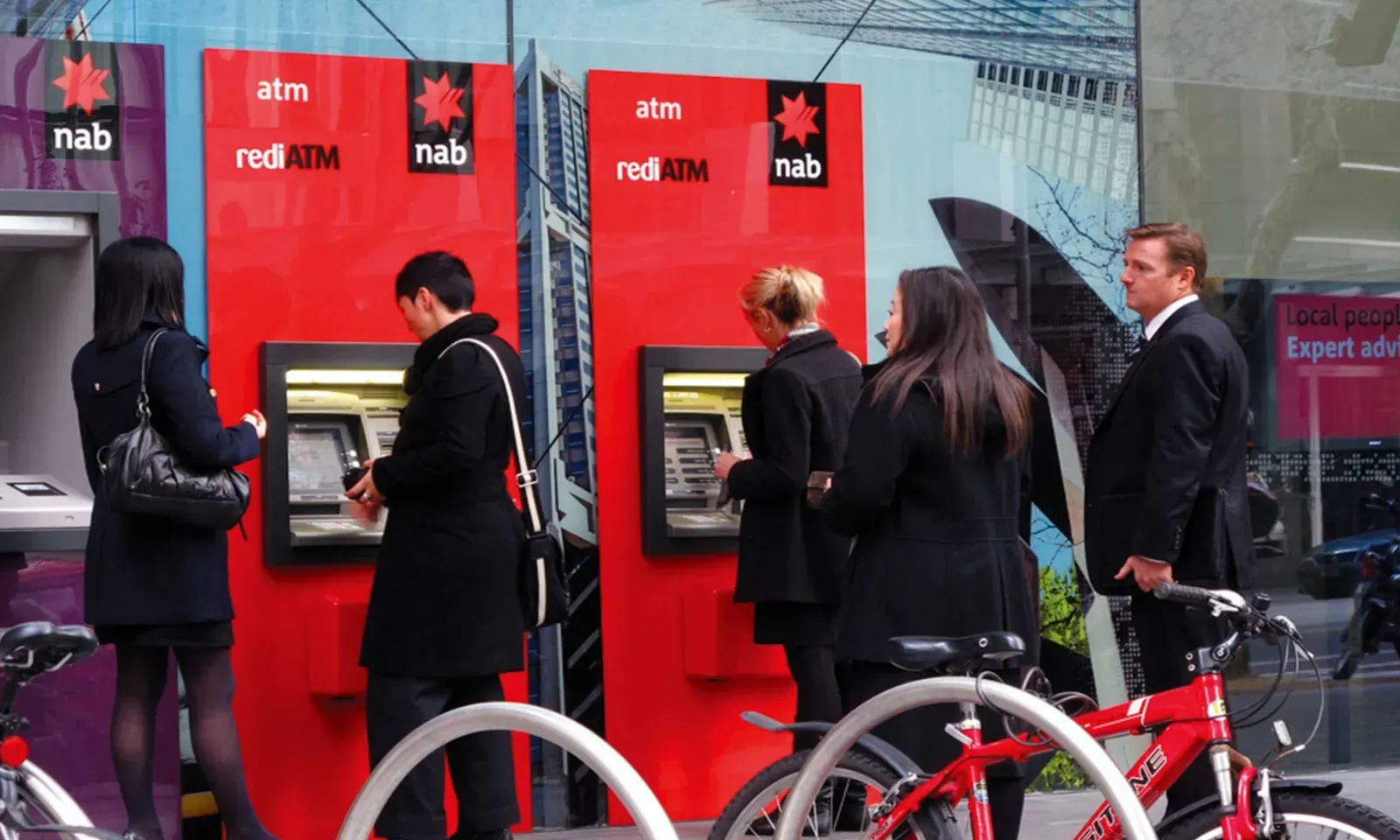Recently, about 141 bank cards of SBM were blocked following the detection of a fraud. A few months earlier, another bank was subject to this type of fraud. 1,500 MCB customers had their cards blocked as a measure of precaution after a skimming device was detected. What is this type of fraud all about? News On Sunday helps you to understand this issue better.
ATM skimming is a world phenomenon. What is skimming? It is a method used by criminals to capture data from the magnetic stripe on the back of an ATM card. Usually, the devices used are smaller than a deck of cards and are often placed in close proximity to, or over the ATM’s card reader. Normally, skimming devices can be attached to ATMs during quiet moments, mostly early in the morning or late evening, when there are less people using them. A successful skimming requires both a card skimmer (card reader) and camera (PIN capturing device).
Information Technology Specialist, Rajiv Seeras explains that with the advent of technology, fraudsters find it increasingly easy to order skimming devices online and at a relatively low price. “The ATM skimming device consists of a keypad overlay, a skimmer is used in conjunction with a hidden camera that blends perfectly into the ATM facade. It is sometimes very difficult to detect. The keypad overlay is placed on top of the factory-installed keypad while the skimmer, which is a realistic-looking reader, is placed on top of the factory installed card reader,” he says.
According to him, fraudsters normally set up the skimming devices during odd hours – late hours or early morning. They normally blind the video surveillance of the ATM machines and the skimming devices are kept only for some hours. The whole idea is to steal the personal information of users and encode them onto bank cards to make withdrawals from the victim’s account at a later point in time.
[[{"type":"media","view_mode":"media_large","fid":"10157","attributes":{"class":"media-image size-medium wp-image-16202 alignleft","typeof":"foaf:Image","style":"","width":"189","height":"300","alt":"ATM"}}]]Common spots where the devices are placed (see illustration)
• Light diffuser area
• Speaker area
• ATM side fascia
• Card reader entry slot
• ATM keyboard area
Security level at the bank
The eBusiness Risk Officer at SBM, Ralph Tschohl, points out that the use of skimming devices is illegal and SBM exercises a zero tolerance policy to offenders who interfere with SBM’s banking infrastructure. “Most skimming devices are detected because they do not fit the ATM properly and interfere with the normal operation of the ATM.
Some skimming devices are of better quality and they do allow the ATM to continue operating normally and those are detected through regular site visits. SBM monitors all of its ATM’s remotely on a 24/7 basis for any suspicious matter and any change in traffic such as zero traffic or a slowdown in usage or even an increase in usage is immediately investigated. Vigilance is observed at SBM in detecting skimming devices early,” he explains.
He further elaborates that if a skimming device is identified on any SBM ATM, as a precautionary measure, the Bank immediately blocks all the identified cards whether they has been compromised or not, in order to have limit exposure to fraudulent activity. Customers are informed accordingly and afterwards, the cards are replaced for free, as the bank will take onboard the cost.
How to reduce the risk of falling into skimming devices?
According to Ralph Tschohl, there exist a few tell-tale signs that an ATM has been tampered with, some skimming devices can be very elaborate and would deceive even a trained observer. Below are the top signs that could show that an ATM may have been compromised:
- Scratches on the ATM keypad and in front of the ATM. While not definitive, criminals usually attach and remove a skimming device from an ATM several times during an ATM attack. They do so to download card data from a concealed memory chip.
- Difficulty inserting the card into the card reader slot. In order for the skimming device to function, it must read the magnetic stripe of the card so it must be fitted before or inside the card reader slot. Often, these devices will narrow the throat of the card reader to such an extent that the card needs to be forced into the machine. Cardholders should never force the card into the card reader.
- If the customer in front of you is taking too long, it could mean that he / she is trying to come to terms with the hampered performance of the ATM, always be vigilant if a customer is taking longer than expected to withdraw cash.
- Use ATMs that are well lit and have CCTV cameras guarding them. The reason a well-lit ATM should be used is because criminals tend to stick to darker areas to avoid being detected and will definitely target ATMs that do not have CCTV cameras recording the activity at the ATM.
- The ATM is offline. If an ATM screen shows that it is temporarily out of service, do not try to insert your card into the ATM to “awaken” it. It is out of service for a reason and that reason may be that the skimming device is still attached to the ATM. Skimming devices have their own independent power source and your card will get skimmed even if the ATM is out of service.
